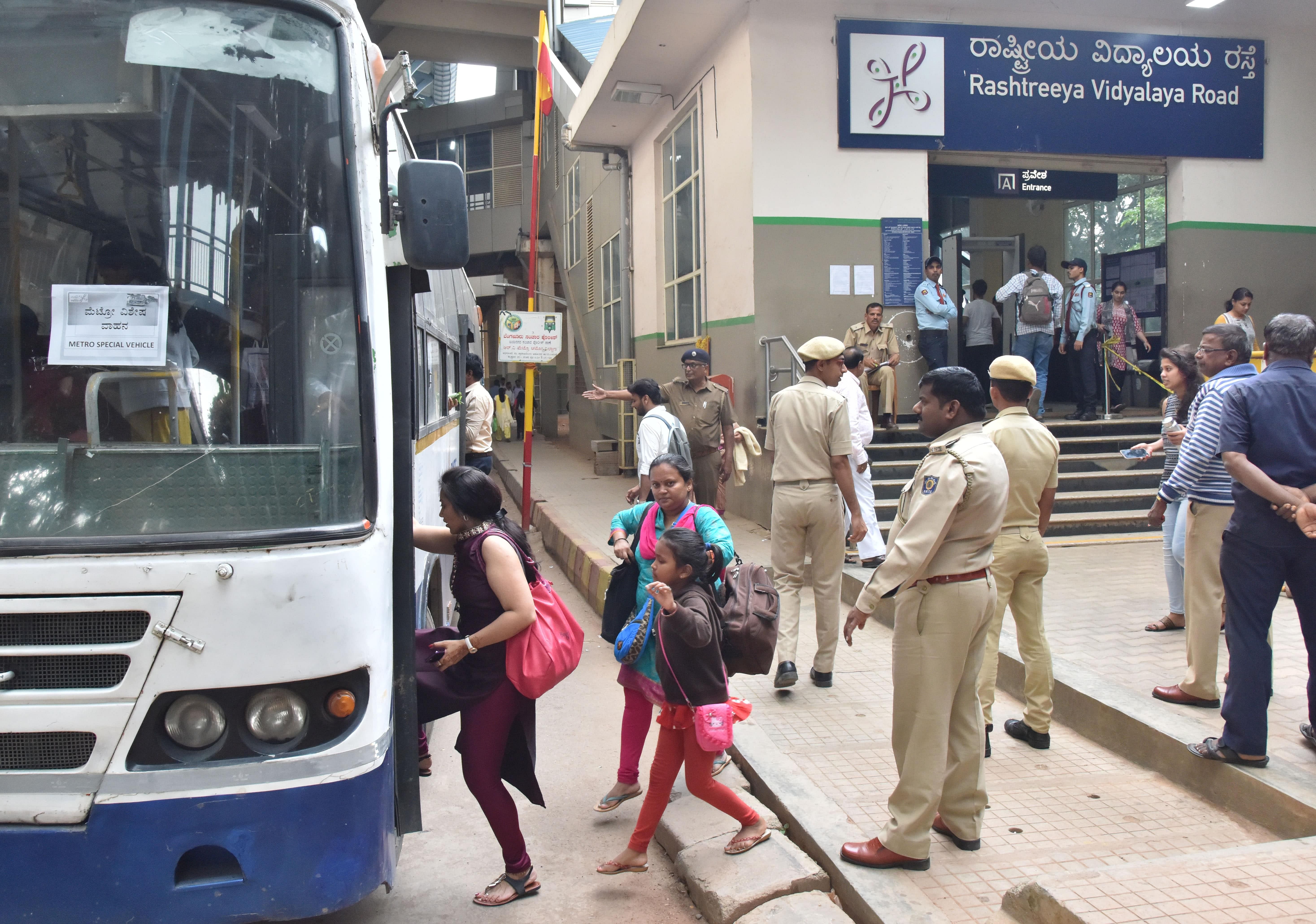
Bengaluru is subjected to yet another plan—one that aims to, yet again, make the metropolis liveable. Interestingly, yet again, the plan is opposed by various stakeholders, including citizens. The reference here is to the draft Comprehensive Mobility Plan (CMP) by the Department of Urban Land Transport (DULT) and the Bangalore Metro Rail Corporation Limited (BMRCL). The fate of the Revised Master Plan (RMP) 2031 and the Transit Oriented Development (TOD) Policy is no different. Both faced stiff opposition and continue to be in the draft stage, with little or no information on their status.
The CMP evoked a massive signature campaign initiated by citizen activist groups questioning, one, the legality of who is the rightful owner of the plan; and, two, opposing the elevated corridor project that is reintroduced with a budget allocation. Interestingly, the RMP 2031 and the TOD policy were also questioned on the legality of the institution preparing it – the BDA vs the Metropolitan Planning Committee (MPC) for the former and, the DULT/ BMRCL vs the Unified Metropolitan Transport Authority (UMTA) for the latter. Thus, contestations on who should be rightful owner and driver continue to gain momentum.
In reality, the three are not separate from each other. Master Plan, Mobility Plan and TOD are intrinsically connected parts of a larger whole and can deliver effectively only when they inform each other. In their current forms, this is the gravest lacuna, one that is rooted in misaligned institutions and their inherent lack of comprehending the larger urbanisation footprint, on the one hand, and the principle of subsidiarity, on the other.
Mobility planning
As per the National Transport Policy, a CMP should be a long-term vision for desirable accessibility and mobility for people and goods while not compromising economic, social and environmental sustainability. Contrast this with the Bengaluru CMP’s vision: ‘Efficient and Sustainable Transportation for All.’ Mobility and transportation are not synonymous. While transportation is about moving vehicles and people, mobility connotes access. Mobility planning requires a ‘people focus’ to ensure quality of life for citizens through easy access to places of work, entertainment, schools, hospitals, etc. It calls for an integration of the existing and proposed land-use with transportation, i.e. an integration of the Master Plan and Mobility Plan.
The CMP uses the RMP 2031 as the starting point. Multiple policy guidelines recommend that the Master Plan should locate activities in a manner that encourages low-carbon mobility. The Mobility Plan, in turn, should facilitate access to activities. Thus, an intrinsic, iterative connection—via the TOD policy—between the CMP and the RMP 2031. What this implies is that the three should have been prepared in conjunction. Not only does the CMP come a good two years later than the RMP 2031, strangely, the thought of mobility planning is being initiated at a time when several transportation plans are underway, the Metro being a significant one.
The CMP, while reviewing the RMP 2031 for land-use integration, suggests that the latter be revised to adopt the corridor [transport] driven strategy. Notably, the RMP 2031 discards the transport strategy for a differential strategy. The latter proposes varying interventions for the different zones that the city showcases. Furthermore, the suggested strategy of the CMP is premised on future developments and redevelopments to be guided by TOD to ensure work-home integration. It suggests TOD-led redevelopment and urban renewal strategy for the core area which, the RMP 2031 is not in favour of. A conundrum that gets exacerbated with every new planning instrument.
Jurisdiction conundrum
The CMP adds to the already messy and confused understanding of jurisdictions. The ‘study area’ that the CMP defines is completely arbitrary or, at best, emerges from a rudimentary understanding of cities and mobility. It is neither Bengaluru city, nor its local planning area. Worse still, it is not the city-region. This new jurisdictional layer will further fragment an already fragmented and siloed approach to the city. Transportation and transit have a regional character. Hence mobility plans, to ensure coverage of the catchment area of commuting trips to and from the city, should consider the city-region. Fortunately, Bengaluru metropolis is one of the few that has a well-defined region. This is ignored by the CMP in favour of a study area that comprises of bits and pieces of various jurisdictions.
Sorting out the conundrum over which institution should prepare the plan, for what jurisdiction and timelines requires an urgent notification of the MPC with an embedded UMTA, although at the regional level. This is critical to address the urbanisation footprint. That all three—RMP 2031, CMP and the TOD—are still drafts is, in effect, an opportunity for meaningful alignment. Animated discussions around ward committees as platforms for future planning will operationalise the subsidiarity principle.
(The writer is a practising urban and regional planner and visiting faculty at NLSIU, Bengaluru)